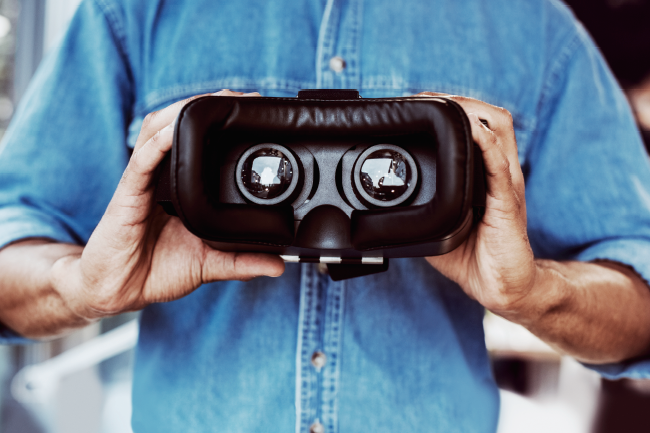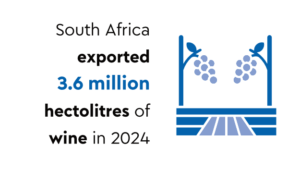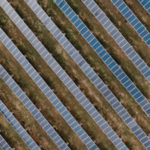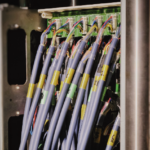The amount of breathable oxygen at the summit of Mount Everest is about one-third of what it is at sea level. American mountaineer and filmmaker David Breashears describes climbing the mountain as ‘running on a treadmill and breathing through a straw’. Yet summiting the 8 848m peak has never been easier. It takes minutes – with a virtual reality (VR) headset, that is. The ability to explore the world’s highest mountain in comfort was the highlight of a VR demonstration set up by South African technology company Virtual Reality last November in Johannesburg as part of a campaign launch for a local insurer.
VR experiences are also becoming more popular in the tourism sector. From 360° Images: to interactive videos, and wearable simulations that provide potential travellers a more in-depth experience, the technology offers them a sample of a destination’s attractions before they buy a plane ticket. ‘It is a great way to get people to see what it looks like before physically going there,’ says Gerald Ferreira, founder of Virtual Reality.
In South Africa, firms such as 360SouthAfrica offer virtual 360° tours of hotels, attractions, game lodges and business events. Though not providing full VR, the site offers users tours of destinations via interactive video. East African travel agency Asilia Africa takes it one step further, allowing site users to connect VR headsets to their content to experience walking and boating safaris in Tanzania.
Mathew Esof, business director of local start-up Envisio, says VR could help smaller companies and lesser-known destinations attract more visitors. ‘To many, from a distance, a game lodge is a game lodge; this changes that. VR can reduce some of the intangibility of a destination [and] break stigmas, especially for “destination-naive” tourists.’
Last year, a collaboration between Cape Town Tourism (through its Love Cape Town campaign) and Envisio transported VR headset users from the top of Table Mountain to the lawns of the Kirstenbosch National Botanical Garden without their having to take one step. ‘In a world where VR is available and increasingly common, traditional marketing tools like videos and pictures of Cape Town’s attractions VR allows us to attract the prospective visitor to our city by providing them with an immersive experience to explore some of our top attractions while they consider us as a location they might want to visit,’ says Cape Town Tourism CEO Enver Duminy.
The technology is also being used to promote inter-African tourism. Last year, Virtual Reality offered locals in Botswana a chance to zip line through the Drakensberg, surf in Durban and take part in Zulu dances, in one location. Participants were suspended in mid-air via zip-line gear while wearing a headset, and then a stationary surf board allowed them to feel the waves. Ferreira says the technology can be used to showcase premium tourism spots and accommodation, including activities that people might not be aware of.

The medium is also available in formats other than video and image. The company recently created a VR-based game in which players can visit Victoria Falls in Zambia. ‘In front of them they could see the Zambezi river, on the right side, Victoria Falls’ landmark bridge and, on their left side, Victoria Falls,’ he says. ‘To make things more interesting, behind the players is an elevator. People then had to get into the elevator and press the button to go to the top. Once players got to the top, they could bungee jump. Like an actual experience at the Victoria Falls.
‘This gave people an exact idea of what it is like at the banks of the Zambezi river, seeing the waterfall and [enjoying] the thrill of bungee jumping.’
Extended realities can offer users different experiences, depending on the devices and technologies used. When using augmented reality (AR) – think Snapchat lenses and Pokemon Go – the technology adds digital elements to a live view via a camera. The Franklin Institute notes that VR differs in that it shuts out the physical world and offers a complete immersion experience using devices such as HTC Vive, Oculus Rift or Google Cardboard. In a mixed reality (MR) experience, elements of both AR and VR are combined, enabling the real world and digital objects to interact. One example of this is Microsoft’s Hololens, a pair of MR smart glasses able to sense gestures, gaze and voice.
To ‘climb’ Mount Everest in the most realistic way, Virtual Reality installed 21 HTC Vive headsets in one room, and set up tents and flags, fake snow and a 360° panorama of the mountain. ‘This was a first for South Africa in terms of the amount of HTC Vive units set up in the same room,’ says Ferreira. ‘[The HTC Vive unit] is a high-end VR device that allows people to interact with the experience as they would in the real world – meaning that they can pick up stuff in the experience with their hands, walk in the physical environment and climb ladders in VR.’ Users could ‘summit’ the mountain in 30 minutes with highlights from the four base camps on the way. The set-up for the one-day event cost about ZAR2 million.
Though devices can be expensive – up to ZAR15 000 for some high-end brands – Ferreira says cheaper alternatives include cardboard headsets for ZAR99 where the viewer needs a smartphone for it to function. Though not true virtual reality, he says, ‘people can experience 360° video using the device, and it is the cheapest form of experiencing the potential of virtual reality. We believe virtual reality is extremely cost effective and will soon replace gadgets that we have in real life with virtual reality’.
Esof says there is a misconception about VR costs. ‘The most cost-effective headsets can be bought online ‘for as little as ZAR300 and work by selecting the VR option on the phone app you are viewing […] and by simply inserting your phone into the headset. The price can go up to as much as ZAR20 000 for other more interactive headsets with controllers, more often used for gaming.’
Today, digital transformation strategies, including the use of VR, are critical. In the tourism sector, travellers are highly dependent on the digital space for their travel purchases and research. These need to be transparent and easily accessible online for convenience and user-friendliness.
With more than 171 million global VR users, the industry is growing fast. According to data from Statista, the VR market could be worth US$209.2 billion by as early as 2022; and this year, extended reality solutions could be adopted in 20% of large enterprises as part of their digital transformation strategy.
Ferreira says that to keep pace with the trend, businesses need to show customers what they can expect from the destination. ‘The first thing businesses need to do is to showcase their assets in virtual reality.’
Esof agrees. ‘The possibilities are endless, from events, marketing, education and more. I think from a practical aspect, industry leaders need to understand the full scope of what is possible and prevent any misconceptions around affordability and accessibility. VR is the future, not just in the tourism industry but across so many other industries.’
















